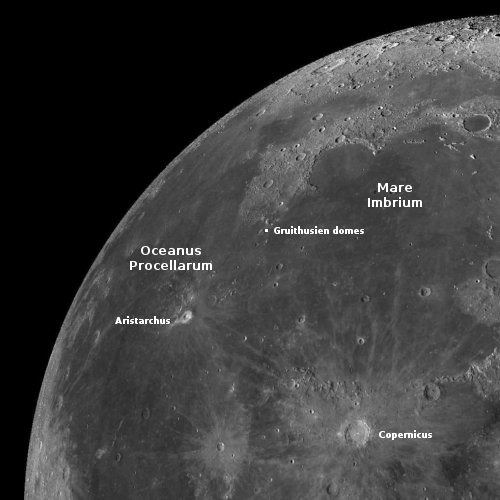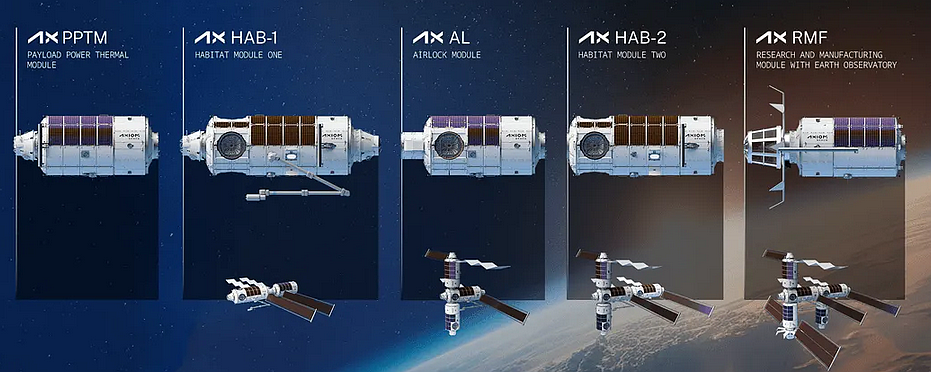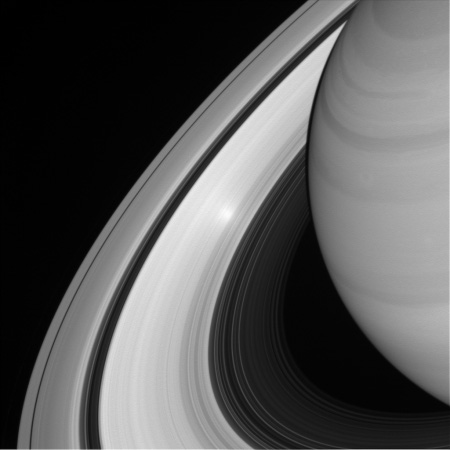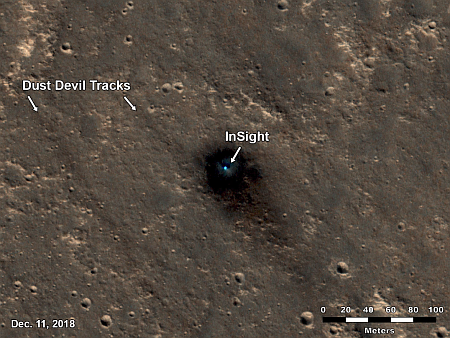Firefly’s Blue Ghost lunar lander wins its fourth lunar NASA contract

NASA yesterday awarded the rocket startup Firefly a $179.6 million contract to carry six NASA science instruments to the Moon on its Blue Ghost lunar lander, the third lander contract the company has won and the fourth Moon contract overall.
[The four contracts include] three lunar landers as well as one to provide radio frequency calibration services from orbit to support a radio science payload on the second lander mission.
The first mission, Blue Ghost 1 or “Ghost Riders in the Sky,” is scheduled for launch in mid-January, with a landing in the Mare Crisium region of the near side of the moon about 45 days after launch. Blue Ghost 2 will follow in 2026, landing on the lunar farside. That mission will also deploy ESA’s Lunar Pathfinder communications satellite into orbit. Both the second and third Blue Ghost missions will use Firefly’s Elytra Dark as an orbital transfer vehicle, delivering the landers to lunar orbit. Those vehicles will remain in lunar orbit to provide communications services.
This new contract will have Blue Ghost land in the Gruithuisen Domes region, as shown on the map to the right. This had been the landing target for the Astrobotic’s Peregrine lander when it launched in January 2024, but that mission failed when it developed a fuel leak shortly after launch. Astrobotic was able to operate the spacecraft through most of its trip to and from the Moon, but had to cancel the landing.

NASA yesterday awarded the rocket startup Firefly a $179.6 million contract to carry six NASA science instruments to the Moon on its Blue Ghost lunar lander, the third lander contract the company has won and the fourth Moon contract overall.
[The four contracts include] three lunar landers as well as one to provide radio frequency calibration services from orbit to support a radio science payload on the second lander mission.
The first mission, Blue Ghost 1 or “Ghost Riders in the Sky,” is scheduled for launch in mid-January, with a landing in the Mare Crisium region of the near side of the moon about 45 days after launch. Blue Ghost 2 will follow in 2026, landing on the lunar farside. That mission will also deploy ESA’s Lunar Pathfinder communications satellite into orbit. Both the second and third Blue Ghost missions will use Firefly’s Elytra Dark as an orbital transfer vehicle, delivering the landers to lunar orbit. Those vehicles will remain in lunar orbit to provide communications services.
This new contract will have Blue Ghost land in the Gruithuisen Domes region, as shown on the map to the right. This had been the landing target for the Astrobotic’s Peregrine lander when it launched in January 2024, but that mission failed when it developed a fuel leak shortly after launch. Astrobotic was able to operate the spacecraft through most of its trip to and from the Moon, but had to cancel the landing.











